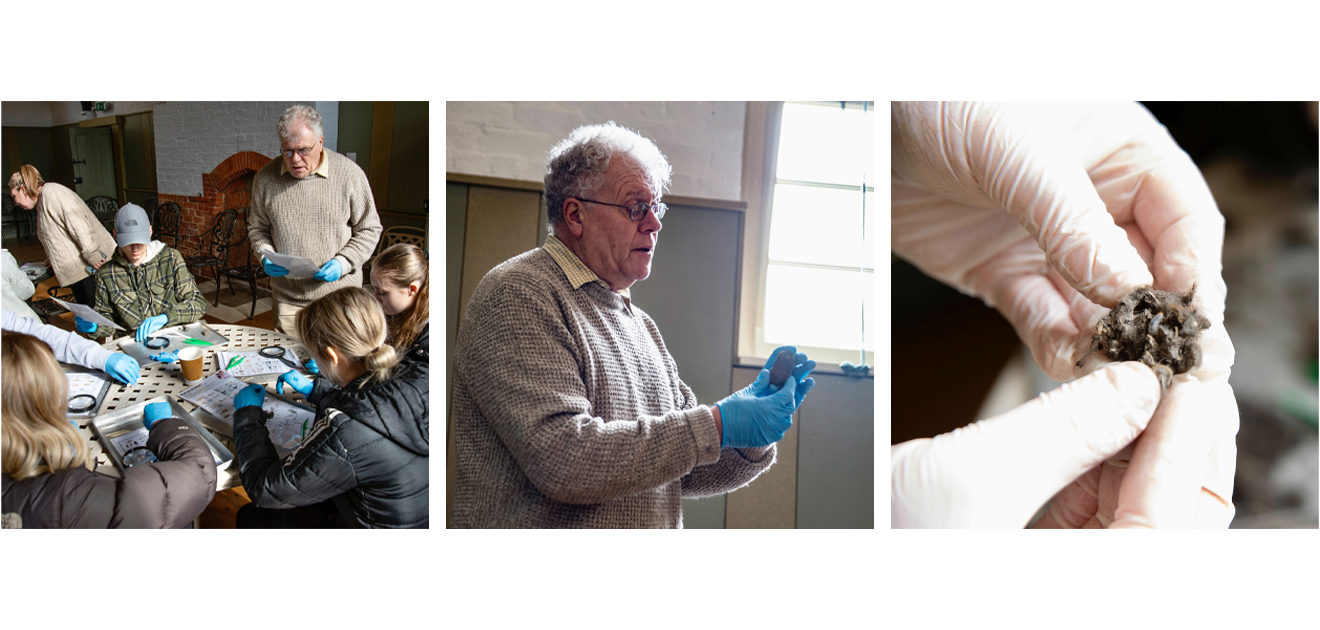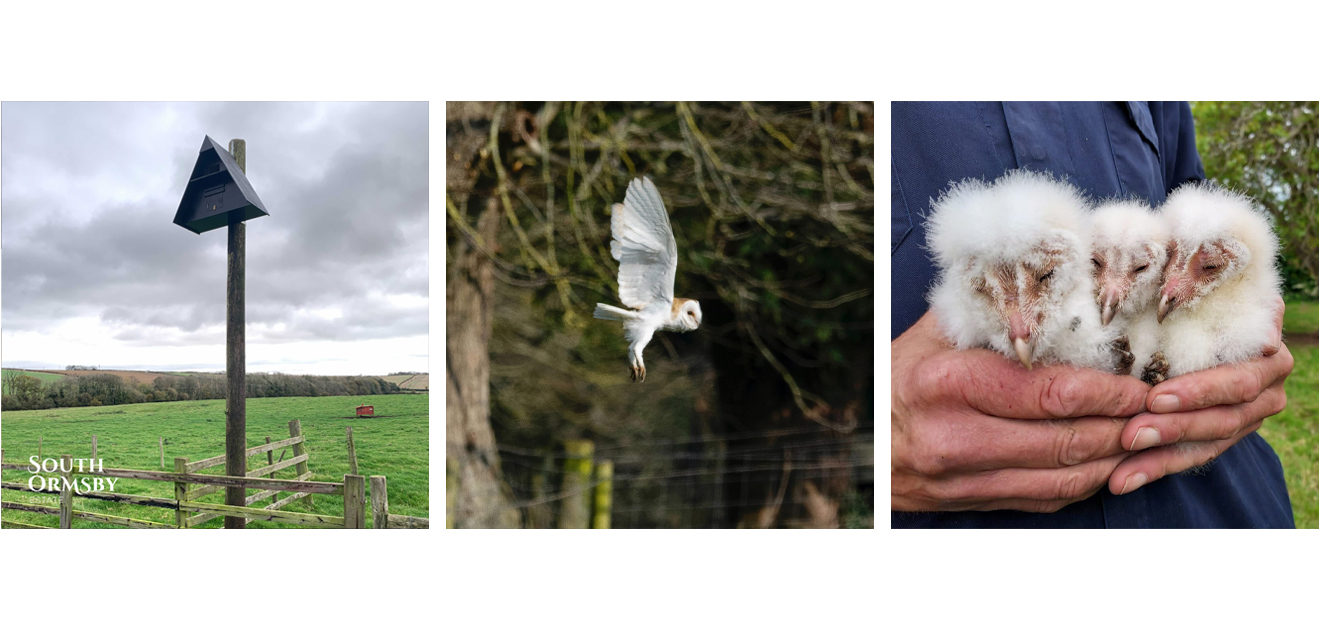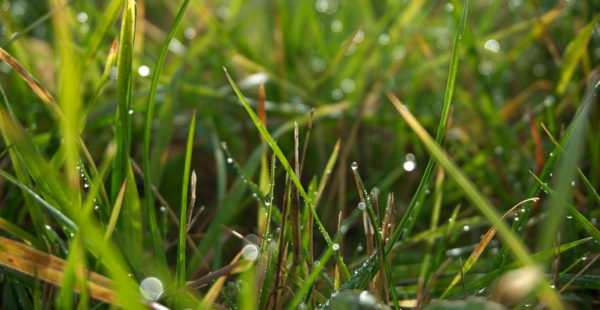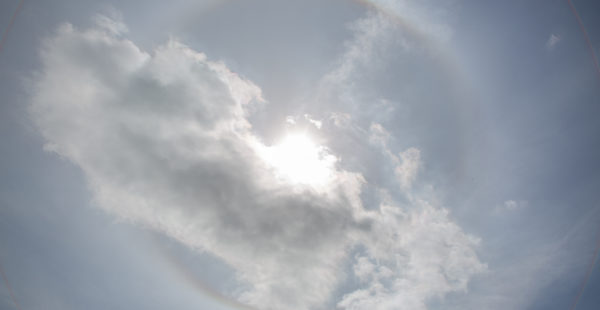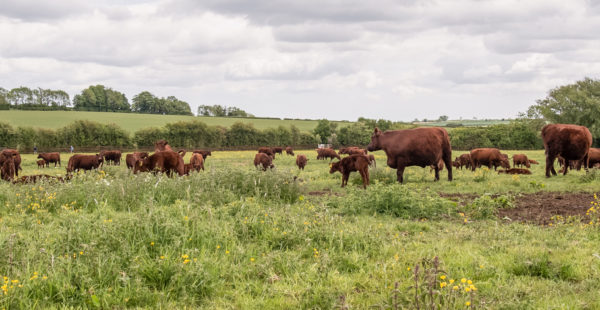Ghostly Census-Takers: The Secret Lives of Barn Owls
We’ve dedicated ourselves to boosting biodiversity in our working countryside, and we’re helped in this cause by the hard-working young people of our Saturday Club and the knowledgeable conservationists who share their expertise with us. Local expert Garry Steele recently led an inspirational and hands-on presentation on owl pellets at the Old School. We caught up with Garry to get the full story.
“I’m at Stickford near Spilsby,” said Garry. “I’ve lived here for 45 years but I grew up in mining country near Ilkeston in Derbyshire. I came to Lincolnshire as a student in 1973 and I do appreciate the difference. I initially didn’t know if I could cope with the flatness, but living on the edge of the Wolds keeps me a bit saner. It’s not the Peak District but you’ve still got a few lumps and bumps.
“I was a keen birdwatcher as a teen. Later on, I volunteered for anything to do with conservation and gradually got involved with bats, newts and barn owls. That led to me spending the second half of my career as an ecological consultant.
“35 years ago, I started putting up nesting boxes for barn owls. That became paid work, and I’d make provision for owls in barn conversions. I’ve also got my own box scheme for raptors locally. I’ve installed over 300 boxes, including a recent 50-odd box project within 10 miles of Lincoln. I’m retired now, the difference being that I’m still busy but I don’t get paid!
“I have a handy guy who makes the boxes while I find the right sites. We sometimes put them up in church towers. The barn owl’s old country name is ‘church owl’. Churches do tend to block access to birds due to increases in species like jackdaws and feral pigeons, but there are ways of controlling access so that only barn owls can get in. We now have 15 church towers in the country with the right permission and access.
“When it comes to siting barn owl boxes, there are three key considerations. First, get away from roads. There are lots of barn owl deaths on roads because they lack peripheral vision. Second, feeding preferences. Ideally, you want lumpy grassland which suits field voles. Cattle are better than sheep as they’re pickier and don’t take the grass all the way down. Third, roosting and breeding. Barn owls originally nested in cavities in old trees. Today, fewer big, decaying trees are left standing and the birds have adapted to us. In post-war Lincolnshire in particular, lots of old, disused premises associated with mixed farming are good for barn owls.


